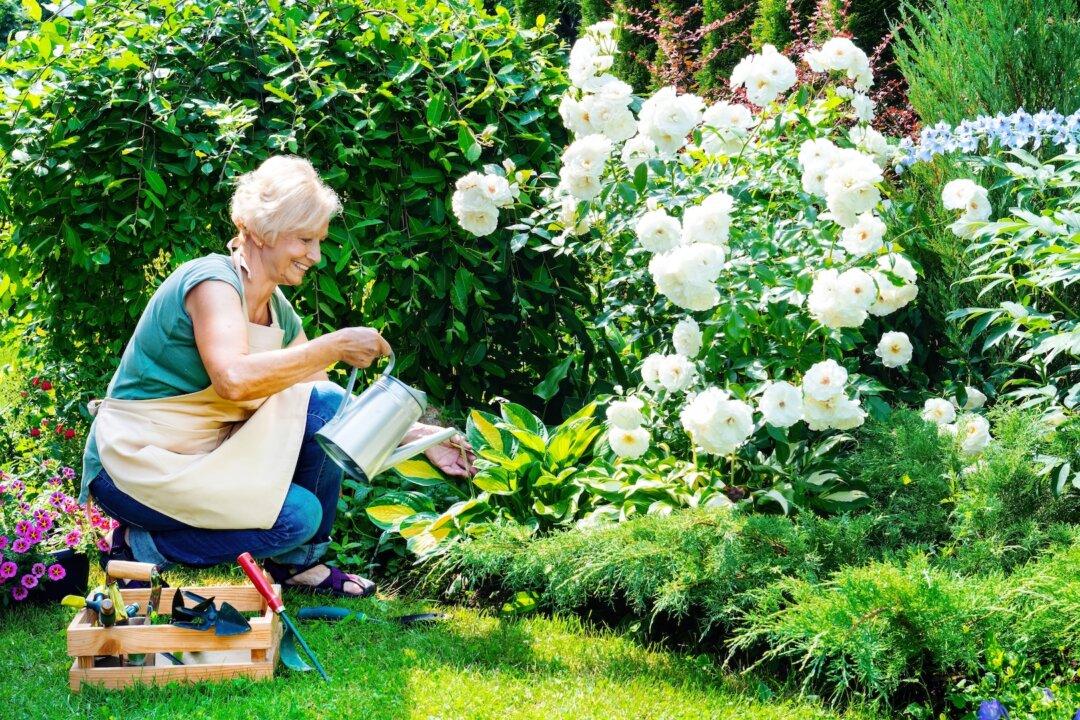Last year at this time, around Easter, most areas had lockdowns. Most churches weren’t able to have in-person services and weren’t buying Easter lilies. I wrote about how many independent garden centers that sold Easter lilies, annual flowers, and vegetable plants were having a hard time financially. But as people stayed home from work and school, they decided to plant more flowers and vegetables. After a very tough start, garden centers had a strong year.
If you didn’t buy an Easter lily before Easter, you should go buy one now. They will be on sale, and you can call it a spring lily. You can enjoy the flowers and fragrance for the next few weeks, and then you can plant it outdoors.
Keep the lilies in bright, indirect light until the outdoor nighttime temperatures stay above the 40s. Plant them in a partially sunny site with well-drained soil about six inches deep, and add a few inches of mulch. Next year, they will bloom in midsummer. They make a nice display when planted in masses. Buy all of the ones they have left, even if they are no longer in bloom, and plant them outdoors.
In U.S. Department of Agriculture Plant Hardiness Zones 8 through 10, they can be planted outside for the summer. In the fall, dig them up and plant them in potting soil in a pot an inch wider than the bulb. Refrigerate the whole pot for 8 to 12 weeks, keeping the soil damp. Take them out, and either leave them in the pot or replant them in the ground.

Look in the catalogs or online for short-season tomatoes. Some varieties, such as Sub Arctic Plenty, produce cherry tomatoes in as few as 45 days. Early Girl is one of the few early tomatoes that doesn’t produce small tomatoes. It produces in 50 days.
When is your area’s last frost date? You can start your tomato seeds indoors about a month to six weeks before that date and the plants will be ready to move outside when conditions are right. Tomatoes and other warm-season vegetables need warm soil and warm air. If either one is too cool, the plants will stop growing until conditions improve.
They need the soil temperature measured about three inches deep to be above 55 degrees. Measure in midmorning and not on a sunny, warm afternoon. They need air temperatures above 55 degrees at night. If it is cooler at night, the flowers will not produce tomatoes.
There are several ways you can get a head start on planting. To get an early start on the warm soil, lay down a drip irrigation line, and then cover the area in black plastic. The greenhouse effect will warm the soil. Cut a hole in the plastic, and plant the tomato into the soil. The plastic will help control weeds, but if it gets too hot, cover it with mulch or remove it in the summer.
Protect and warm the plant by enclosing it in a cloche such as a tomato teepee filled with water or covering it with a plastic milk jug with the bottom cut off.
You can also get a head start by using row covers or a cold frame that is heated by the decomposition of compost or manure. Both of these items are temporary, and I wouldn’t consider either of them to be a greenhouse.
With the black plastic on the soil and the use of a cloche or a hot cap, you should be able to get a two-week head start on outdoor planting. If the weather turns bad, make sure you cover the plants with a blanket.





